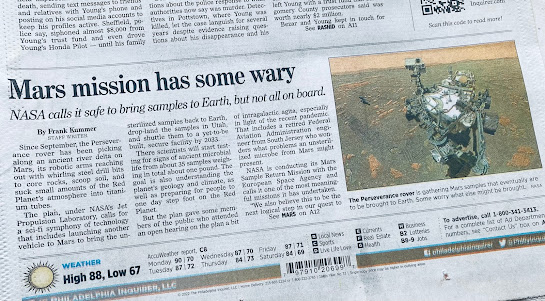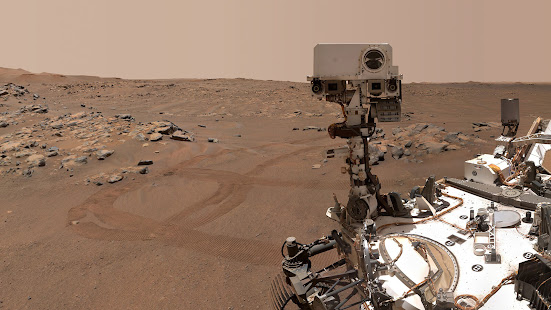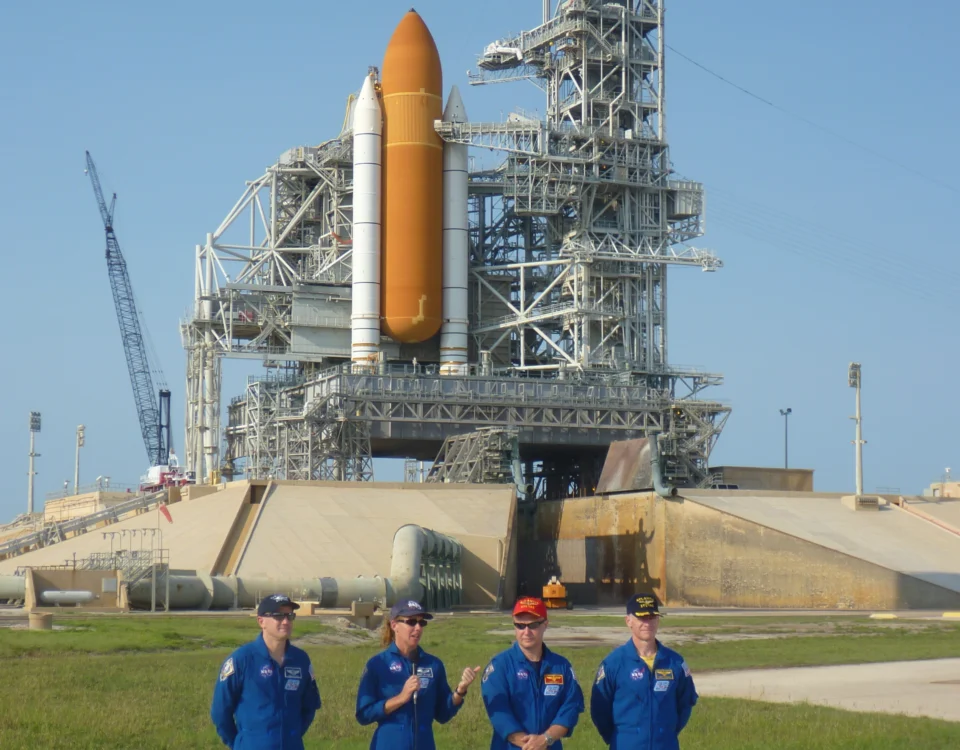It’s one of the oldest and most reliable story crutches in the realm of science fiction: humans brashly depart our home planet to explore space, returning some time later. But they haven’t returned alone – stowing away is a) a hostile alien being or b) a microscopically small killer that threatens planetary extinction.
It’s that latter scenario that hovers over NASA’s plans for
digging into the past of Mars. And though the discussion of such a threat has
generally remained out of the public eye, over the July 4 holiday weekend the
topic made a big splash in one of the most well-regarded newspapers in the
United States, the Philadelphia Inquirer.
NASA’s remarkable Perseverance rover, which arrived on the surface
of Mars on February 18, 2021, has been collecting samples, among its many other
scientific endeavors. Deposited into tubes, these samples of rock and other
materials – each weighing about .5 ounce – are left by the rover in its wake in
a process NASA calls “depot caching.” The tubes are dropped off by Perseverance
at several specific locations. NASA’s plan for these tubes? Here’s where the
controversy brews.
In the next ten years, in an operation in partnership with
the European Space Agency, NASA hopes to initiate the Mars Sample Return Mission.
The plan is for another vehicle to venture to Mars, retrieve the Perseverance samples
from their storage locations, and return to Earth. The samples will arrive on
our planet in Utah, destined for a secure scientific facility yet to be
constructed.
No doubt NASA will go to the greatest of lengths to
offer reassurance about its Mars objectives and procedures to be implemented,
and officials have indicated this plan has a “low likelihood of risk.” But as
awareness of the Mars Sample Return Mission grows, one thing is certain: a
swelling chorus of concern is likely to join those who are already sounding
words of alarm – particularly in a general population that has spent several
years wrestling with the impact of COVID.
The Philadelphia Inquirer article referenced above can be
read here:
The access portal to NASA’s many online resources covering
the exploration of Mars is here:







